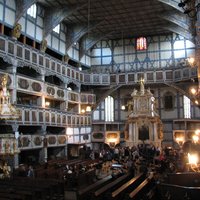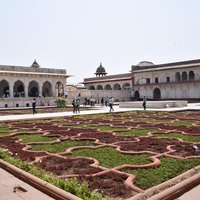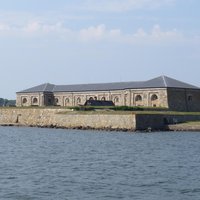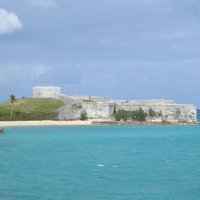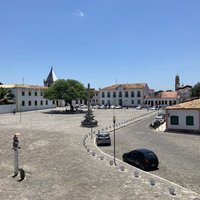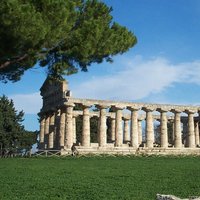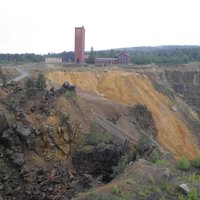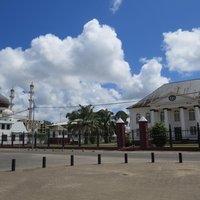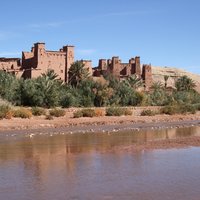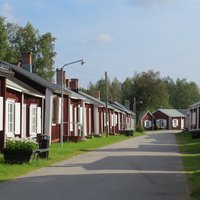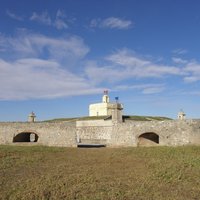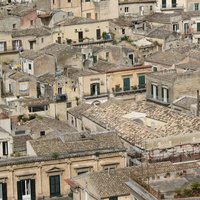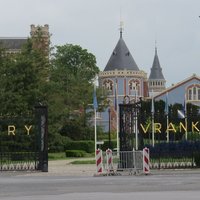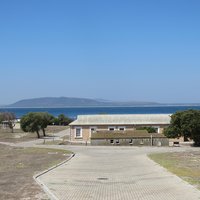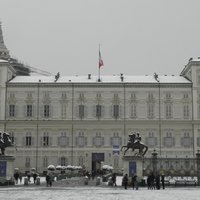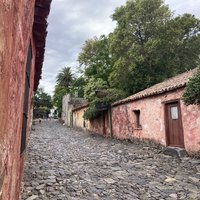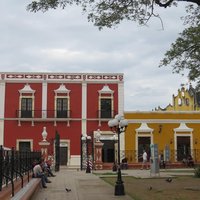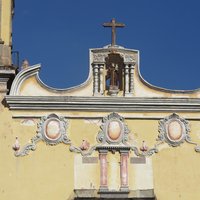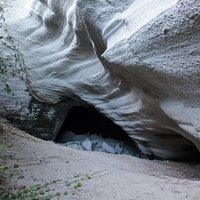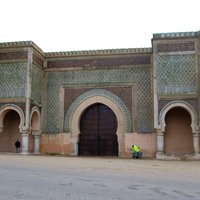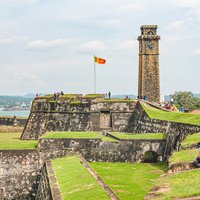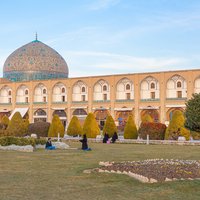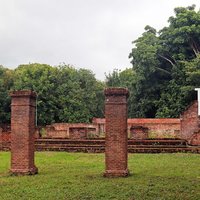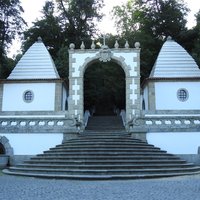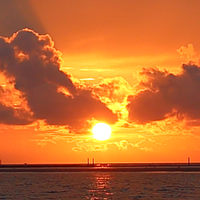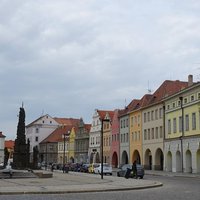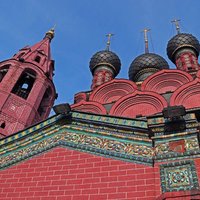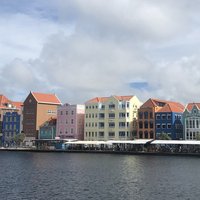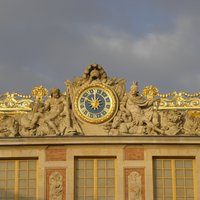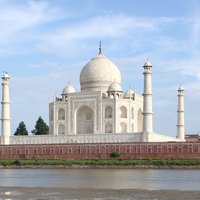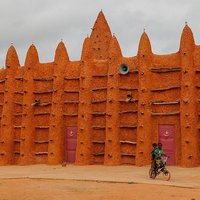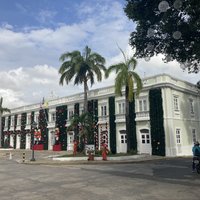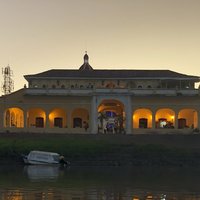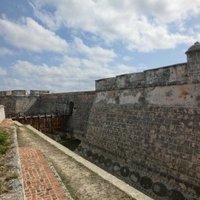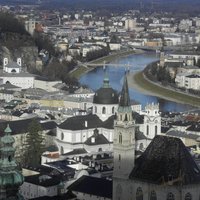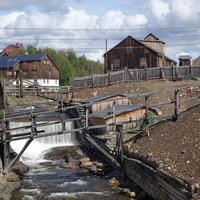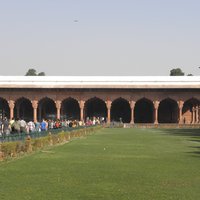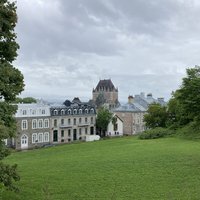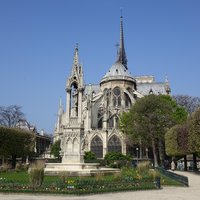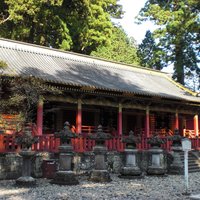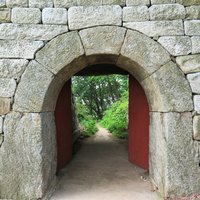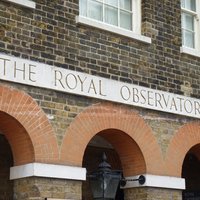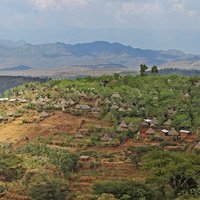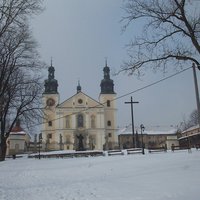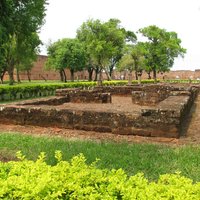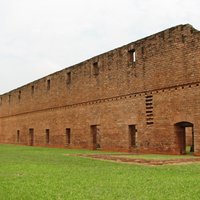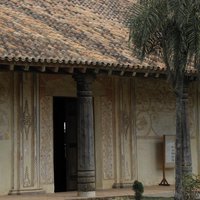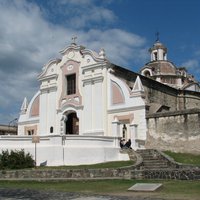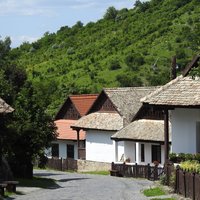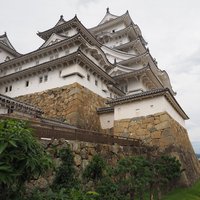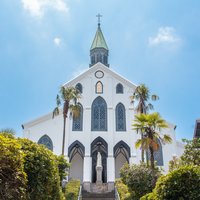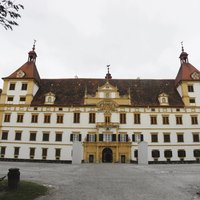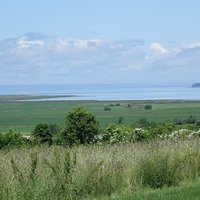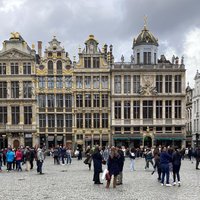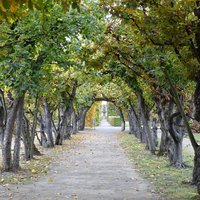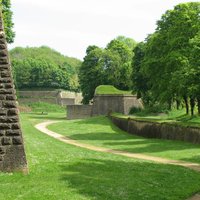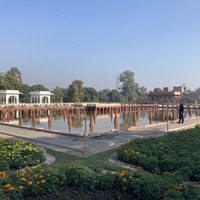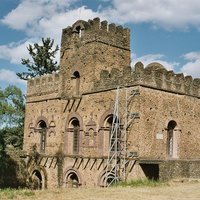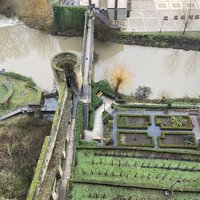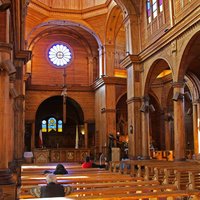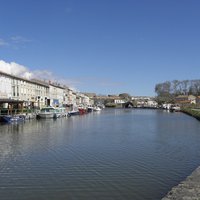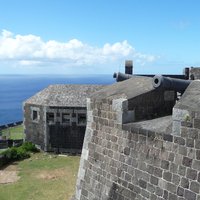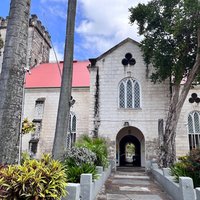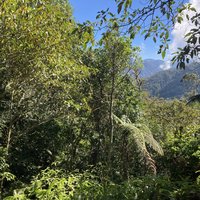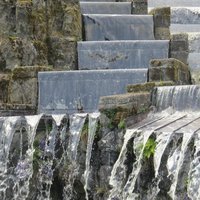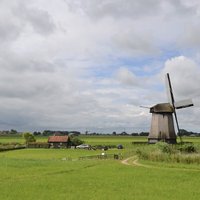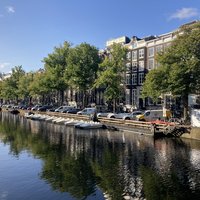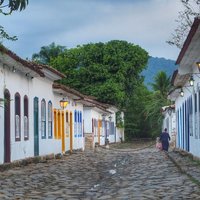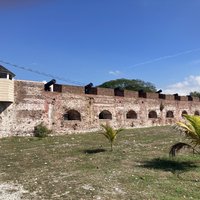Connected Sites
-
Jawor in 1654-55, Swidnica in 1656-57.
-
significant for the Moghul rule in the 17th century (AB), current buildings were constructed during the reign of Shah Jahan 1628-1658
-
founded in 1680
-
founded in 1690
-
settled in 1612
-
"As early as 1615, when the French had been driven out, the Chief Engineer of the State of Brazil,......(drew) up plans for new defences of the liberated town. In addition, he prepared an urban plan, .... as the guide to its expansion and development. It was based on geometric regularity ..... in contrast to the medieval layout of narrow winding streets applied by the Portuguese in Rio de Janeiro, Recife, and Olinda. It was to serve as the basis for the expansion ....By the end of the 17th century Sâo Luis bad a population of some ten thousand," (AB)
-
2 key episodes (2): "Certosa di San Lorenzo at Padula in the Vallo di Diano. Construction began in 1306, but in its present form it is essentially Baroque, built in the 17th and 18th centuries" (AB ev)
-
major producer of copper in the 17th century, town of Falun, with its 1646 gridiron street plan (AB ev)
-
Paramaribo began when Fort Zeelandia was built in 1667 on a promontory on the left bank of the Suriname River. In 1683 Van Sommelsdijck, the first governor and joint owner of the colony, laid out a planned town.
-
"A later Iron age phase going back at least to the 17th Century is represented by the establishment of the current Dur Chiefly Dynasty and the development of Sukur as a major iron producing centre" (Nom file)
-
Criterion (iv): "The Ksar of Ait-Ben-Haddou is an eminent example of a ksar in southern Morocco illustrating the main types of earthen constructions that may be observed dating from the 17th century"
-
By the beginning of the 17th centurv the site of the church and its neighbouring market place had developed into a church town (AB ev)
-
it was from the time of the restoration of Portuguese independence in 1640 that the great fortification scheme seen today began to take shape (AB ev)
-
representative of a great, post-seismic rebuilding achievement in the decades following 1693 (AB ev)
-
champagne revolution which took place in the 17th century in the vineyard area around Epernay and Hautvillers (AB ev)
-
Since the end of the 17th century, Robben Island has been used to isolate certain people.
-
comprehensive overview of European monumental architecture in the 17th and 18th centuries (criteria i, ii, iv en v)
-
Founded by the Portuguese in 1680
-
Baroque city (1686-1704); The fortifications system of Campeche, an eminent example of the military architecture of the 17th and 18th centuries .. (AB)
-
"It is also endowed with a wealth of outstanding buildings, notably from the 17th and 18th centuries" and "It is the buildings erected du ring the economie heyday of the town in the last quarter of the 17th century which gave Querétaro its present-day appearance"
-
Roi Mata lived around 1600, the sites are from the early 17th century
-
"The historic city of Meknes represents, in an exceptionally complete and well preserved way, the urban fabric and monumental buildings of a 17th century Maghreb capital city which combines elements of Islamic and European design and planning in a harmonious fashion." (OUV statement for Criterion iv)
-
Dutch fortified city from 1640 on
-
Square was constructed between 1598 and 1629, its main buildings Portia of Qeyssariyeh (1602-19), the Royal Mosque (1612-30), the Mosque of Sheyx Loffollah (1602-18)
-
"The Jodensavanne Settlement, founded in the 1680s ... The Cassipora Creek Cemetery is the remnant of an older settlement founded in the 1650s" (AB ev)
-
The Confraternity of Bom Jesus Do Monte was founded in 1629. It is from this date that Mount Espinho, including its various small heritages, is considered as a Calvary mount (AB ev)
-
Construction finished in 1611
-
"The historic centre of Žatec is characterised by its organic medieval urban plan. The mostly two-storey Baroque and Renaissance fabric relates primarily to hop production during the 17th to 19th centuries" (AB ev)
-
for its 17th century churches and its (18th century) Neo-classical radial urban plan
-
It was established as a trading post by the Dutch West India Company in the early 17th century. Oldest fort (Fort Amsterdam) dates from 1635.
-
Louis XIV started its expansion in 1661
-
1631-1648
-
Radio-carbon evidence shows that both Sorobango and the small mosque of Kong date back to the 17th-18th centuries, (AB ev)
-
French colonization and street pattern
-
Chosen because of its Qualities "The urban landscape and architectural components of santa cruz de Mompox achieved a high level of unity and harmony during the 17th-19th centuries," and "The "house-store" buildings which began to appear in the 17th century" (AB ev). The town was founded in 1540.
-
As the conflict between Spain and England grew in the 17th century the governor of the town began the construction of a stone fortress in 1638 (AB ev)
-
For its Baroque: "17th century baroque cathedral" (wiki)
-
established in 1646
-
1639-1648
-
Oldest remaining buildings date from 1620s
-
17th and 18th century fortifications (AB)
-
present historic city, which developed between the 16th and particularly the 17th centuries and the 20th century (AB ev)
-
The temples were rehabilitated at the beginning of the 17th century (AB ev), original cult originated in the 8th century
-
it has earlier origins, but was rebuilt 1624-1626
-
Queen's House 1640, Royal Observatory 1675
-
People moved there ca. 400 years ago (AB ev)
-
Begun in 1600 (AB)
-
1685 and 1706
-
between 1609 and 1818
-
first dates from 1696
-
Built between 1604 and 1767
-
After 1683
-
"In 1600, Tokugawa Ieyasu awarded the castle to Ikeda Terumasa ...... and Ikeda completely rebuilt the castle from 1601 to 1609, expanding it into a large castle complex. Several buildings were later added to the castle complex by Honda Tadamasa from 1617 to 1618. For over 400 years, Himeji Castle has remained intact," (Wiki)
-
sites date from the 17th-19th century
-
For its late Renaissance/Baroque/Rococo heritage: Schloss Eggenberg (1625)
-
The first attempts at colonization by the French, in this maritime region of North America, date back to the 17th century + creation of polders was started in 1680 (AB ev)
-
Harmony of the buildings at the square dates from 1697
-
"When Count Karel Liechtenstein-Castelcorn became Bishop of Olomouc in 1664, the town's fortunes began to change" (AB ev)
-
It bears witness to the evolution of European fortification in the 17th century (OUV)
-
Fort (1542-1605), further embellished in the 17th century by Shah Jahan, Shalamar Gardens (1641)
-
From 1636 on
-
Much of the remaining main components were (re)built during the 17th century: the casemates, Grand Ducal Palace (1683), Cathedral of Notre-Dame de Luxembourg (1621), Vauban designed military barracks (1684). The fortifications date from medieval times (12th-15th century).
-
Earliest churches in this regional style date from the mid-seventeenth century. The 16 nominated ones are a bit younger (18th-19th century).
-
Built between 1667 and 1694
-
"Cannon were first mounted on Brimstone Hill in 1689 during the Nine Years' War, ....when the French used them to capture the English Fort Charles. The English, .....used the same tactic to recapture the fort a year later. From then on, the English used the hill as a fortress, mounting 24-pound cannon, taking advantage of its 972 foot height" (Wiki)
-
settled by the British in 1628
-
apparently before the arrival of the British in 1655, that the Maroons moved away from the Nueva Sevilla area to the north-eastern region of the Island (AB ev)
-
the monumental water displays of Wilhelmshöhe were created from 1689 (AB ev)
-
19 May 1612 (AB)
-
Seventeenth-century canal ring area
-
Paraty became the most important export route of the newly discovered gold at the end of the 17th century and served as a gateway for the entry of tools, as well as enslaved Africans to work in the mines (AB ev)
-
It's in the full site name, and Fort Charles was constructed from 1656 onwards

